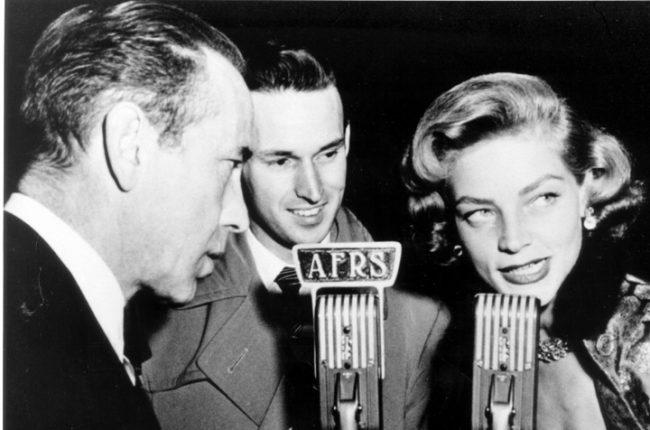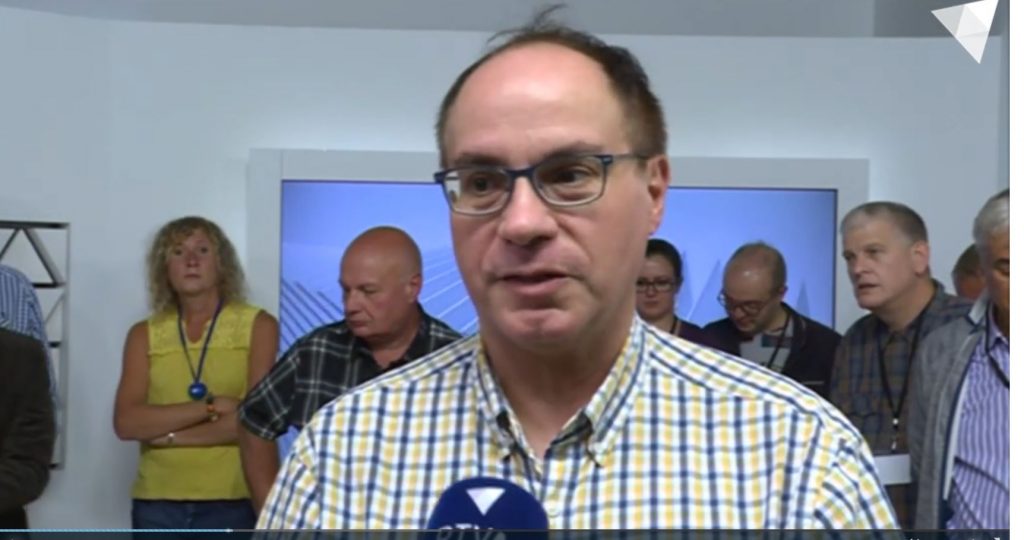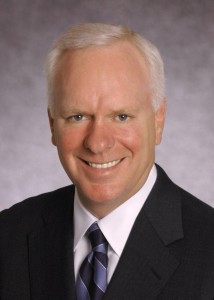Many thanks to SWLing Post contributor, Dave Porter, who notes that the former RMP site is now on the market. (Go ahead…you know you want it!)
EDXC conference featured on Andorra TV
The EDXC conference was held in Andorra this year and I wish I could have attended. When I lived in Europe, Andorra was one of those destinations always on my bucket list in no small part due to my affinity for Radio Andorra.
EDXC attendees–many are regulars here on the SWLing Post–were treated to a hands-on tour of RTVA and even featured in the news. Check out the following video:
Click here to watch the video at the RTVA website.
Hat tip to Kim Elliott for sharing this!
Encore – Classical Music on Shortwave – Sunday and Friday
Encore – Classical Music on Shortwave – Broadcast on Sunday afternoon in Europe and USA – Radio Tumbril.
SWLing Post meetup in Denver?
Next week, I’ll be in the City Park area of Denver on a short trip.
I’ve often thought about doing SWLing Post meetups when travelling, so why not start now?
If you plan to be in Denver on September 10th, please leave a comment here or email me and perhaps we can get a group together to talk radio at a local café or pub!
Oh, and sorry for the short notice!
Do you enjoy the SWLing Post?
Please consider supporting us via Patreon or our Coffee Fund!
Your support makes articles like this one possible. Thank you!
History of the Armed Forces Radio Service

Humphrey Bogart and Lauren Bacall being interviewed by the Armed Forces Radio Service (Source: Wikipedia)
Many thanks to SWLing Post contributor, Ron, who shares this article from Radio World:
We can’t fully appreciate the importance of news from home to those who served in World War II. In the Pacific campaigns, G.I.s, sailors and Marines fought bloody island-hopping battles; as each island was cleared, garrison troops and hospitals moved in and carried on their own war against mosquitoes, isolation and boredom. The island fighters were fortunate if dated mail caught up with them before they moved on to the next target. Timely personal-level communications were pretty much absent.
Radio programming from America was available but only on shortwave. And shortwave radios were not generally available. The fortunate few had been issued “Buddy Kits” that included a radio, a small PA system and a record player for discs sent by mail. But for most there was no way to receive short-lived information such as news and sports. They were left with enemy radio propaganda such as Japan’s “Orphan Ann/Annie” (aka one of several Tokyo Roses) and the “Zero Hour” program.
No wonder that the idea of having a local island radio station doing “live from home” was so fiercely supported. Enlightened commanders saw the idea as a terrific morale-builder. The only problem was how to pull it off.
A solution, not uniquely, came from within the ranks. It started with the work of some bored but talented soldiers in the Panama Canal Zone who in 1940 built a couple of 50 W transmitters and put them on the air without authorization, labeling them “PCAN” and “PCAC.”
In Alaska, 7,500 miles northwest of Panama City, what started as programming through a loudspeaker system became a bootleg radio operation at Kodiak. Coming on the air in January 1942 and calling itself “KODK,” it delivered a whopping 15 watts to the troops. Sources with hindsight later said that the Armed Forces Radio Service (“AFRS”) was born here, when one of its progenitors visited the Alaska operations and “came up with the idea.”[…]
Click here to continue reading the full article at Radio World.
USAGM’s Chief Executive John Lansing resigns
(Source: VOA News via Richard Cuff)
WASHINGTON – The U.S. Agency for Global Media’s Chief Executive John Lansing said he will be leaving his post at the end of the month.
Lansing, a veteran government broadcast and cable television executive, was named four years ago by U.S. President Barack Obama to be the first chief executive of the U.S. Agency for Global Media, which oversees the Voice of America, Radio and Television Martí, Radio Free Europe/Radio Liberty, Radio Free Asia, and Middle East Broadcasting Networks.
Lansing made his mark at the agency early on by championing a free press.
“Despite some very dark moments, we have not been silenced. We will continue to report the truth. We will continue to find new ways to get independent reporting and programming to global audiences who rely on it,” he said this year on World Press Freedom Day.
USAGM board Chairman Kenneth Weinstein said in a statement, “John has put USAGM on solid footing to advance our mission to inform, engage and connect people around the world in support of freedom and democracy. … The Board is very grateful for, and deeply impressed by, the results achieved during his tenure.”
Lansing has boosted the networks’ global weekly audience by more than 100 million and expanded the agency’s use of platforms from encrypted live broadcasting to shortwave radio to push content into countries that jam or ban American programming.
Under his watch, the agency also created Current Time, a network broadcasting news, features and documentaries for Russian speakers in 2017. Polygraph and Faktograph are websites aimed at combating a stream of disinformation by Russia state-controlled media. A new Persian-language service, VOA365, also started broadcasting earlier this year.
In a statement released late Thursday, Lansing said he would be starting a new position at chief executive at National Public Radio, a publicly funded nonprofit membership media organization based in Washington.
Lansing acknowledged challenges ahead for the agency with countries such as Russia, China, North Korea and Iran trying to control information and spread their influence throughout the world.
“Please keep abiding by the highest standards of professional journalism. Please keep fighting for press freedom. Please keep telling the truth. The world needs you now more than ever,” he concluded in his statement to employees.
Weinstein said in his statement, “It is the Board’s top priority to find the best individual to run USAGM upon John’s departure.”
W9IMS: Last chance for the Checkered Flag Award
Many thanks to SWLing Post contributor, Brian (W9IND), who writes:
If you’re chasing the W9IMS Checkered Flag Award, this weekend marks your last chance to snare the third and final special event of the year. The Brickyard 400 operation will conclude at 11:59 p.m. Sunday, Sept. 8 (Indianapolis time)/0359 UTC Sept. 9.
The W9IMS crew will be working other amateurs around the world, but SWLs can qualify for the same certificate and QSL cards that are offered to hams. The Checkered Flag Award is available to anyone who contacts or tunes in W9IMS during all three special events commemorating the major races at the Indianapolis Motor Speedway – the IndyCar Grand Prix (early May), the Indianapolis 500 (late May), and the Brickyard 400 (September).
For those who already logged W9IMS during the IndyCar Grand Prix and the Indianapolis 500, this is your opportunity to complete the clean sweep and earn the colorful 2019 certificate, as well as the three QSL cards. Even if you missed one or both of the previous races, you’re still eligible for a Brickyard 400 QSL card, which is redesigned every year.
Look for W9IMS on 20, 40 and 80 meters – generally as close as possible to 3.840, 7.245 and 14.245 MHz, and often with two SSB stations on the air simultaneously. W9IMS also has a digital presence, periodically transmitting in FT8 mode.
To see if the station is on the air at any given time, go to DX Summit – http://dxsummit.fi/#/ – and type “W9IMS” in the search box.
For more information about W9IMS, including how to obtain certificates and QSL cards, go to www.w9ims.org. The W9IMS page also contains a link to the Brickyard 400 operator schedule, but remember that ops can get on the air at any time between now and Sunday night.
If all else fails, look for W9IMS during its final hour of operation, between 11 and 11:59 p.m. Sunday (0300 to 0359 UTC Monday). That’s usually the time when W9IMS engages in a contest-style “happy hour” blowout, sometimes on two bands, as the closing minutes tick away.
Thank you for the reminder, Brian!







